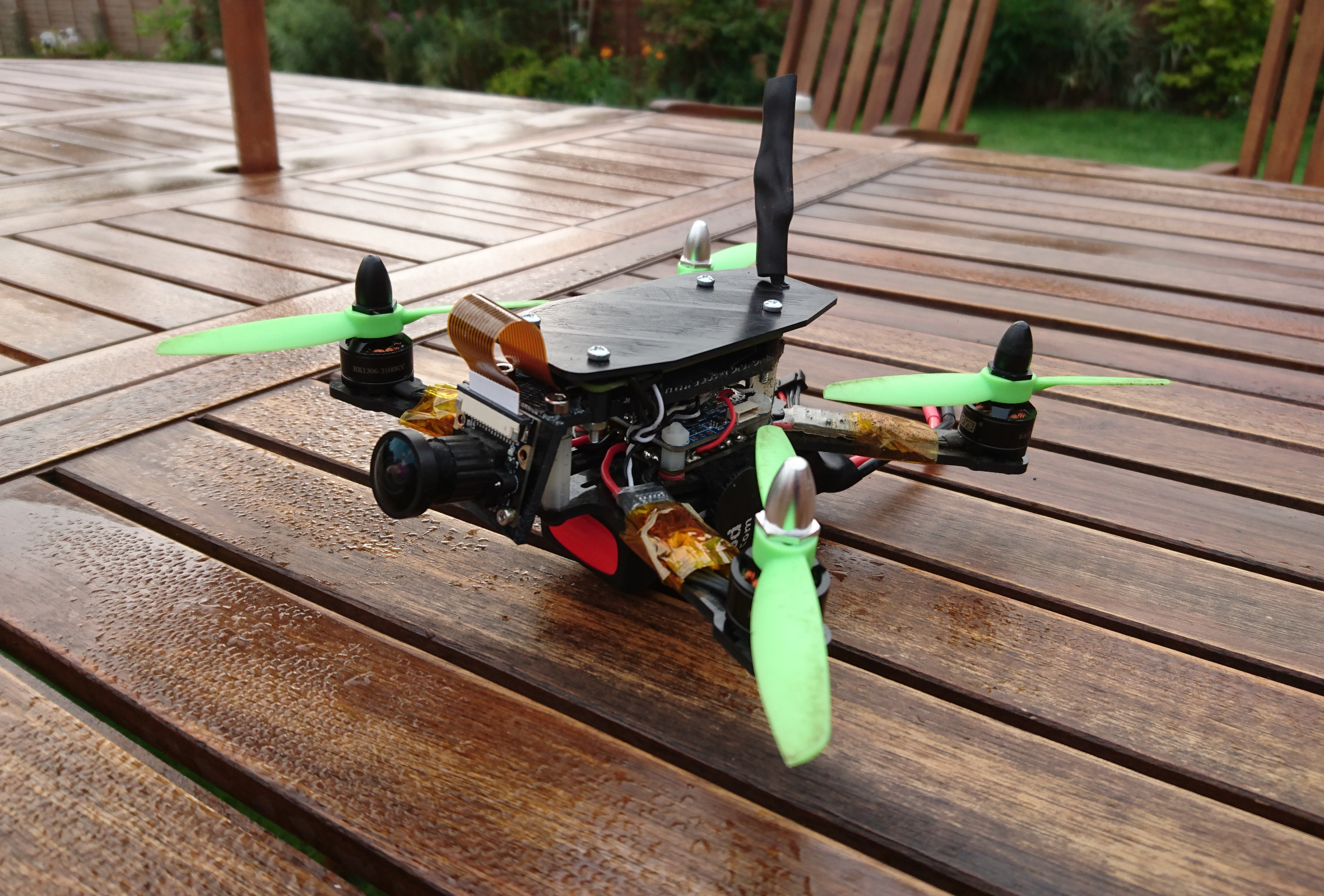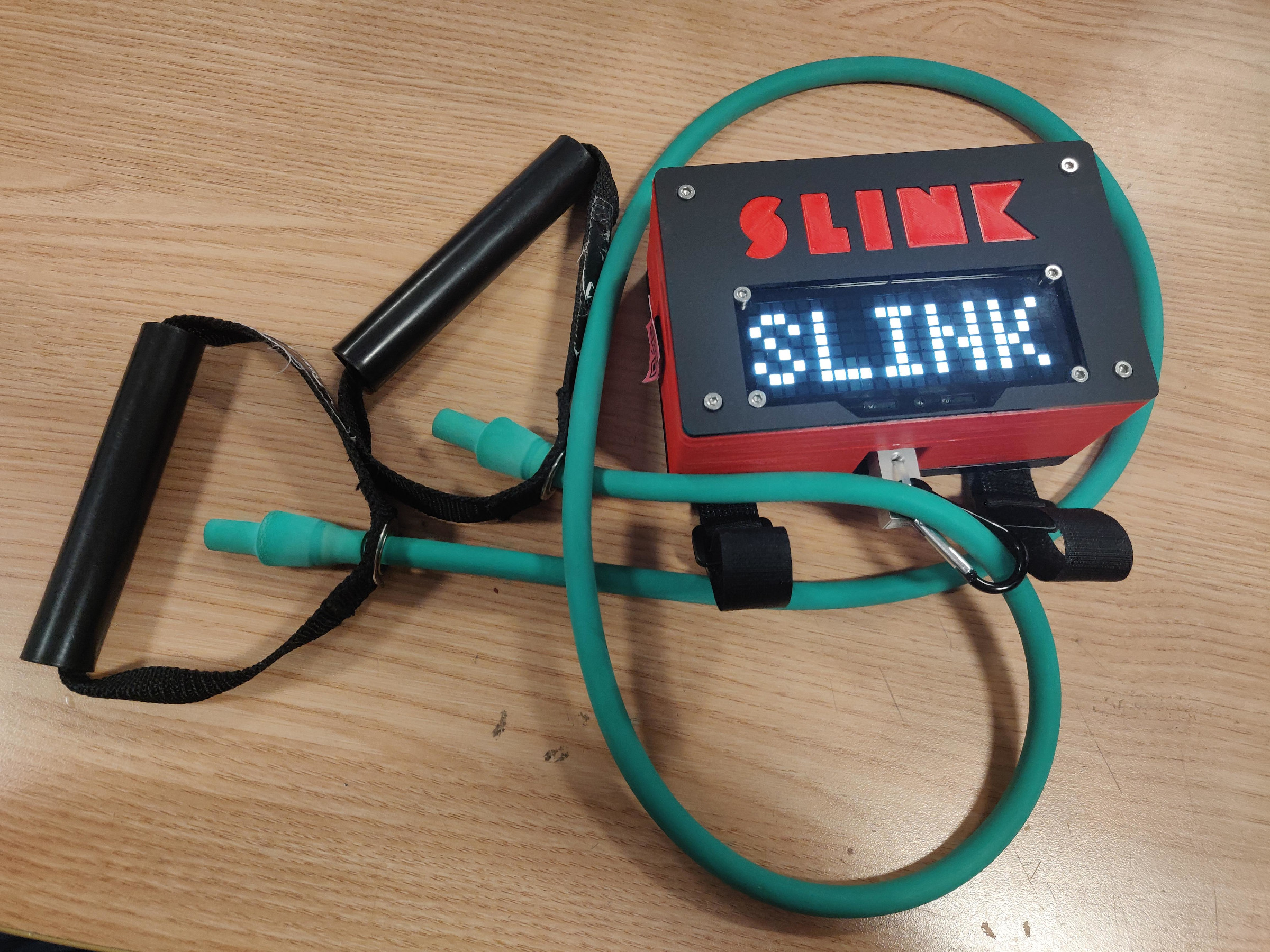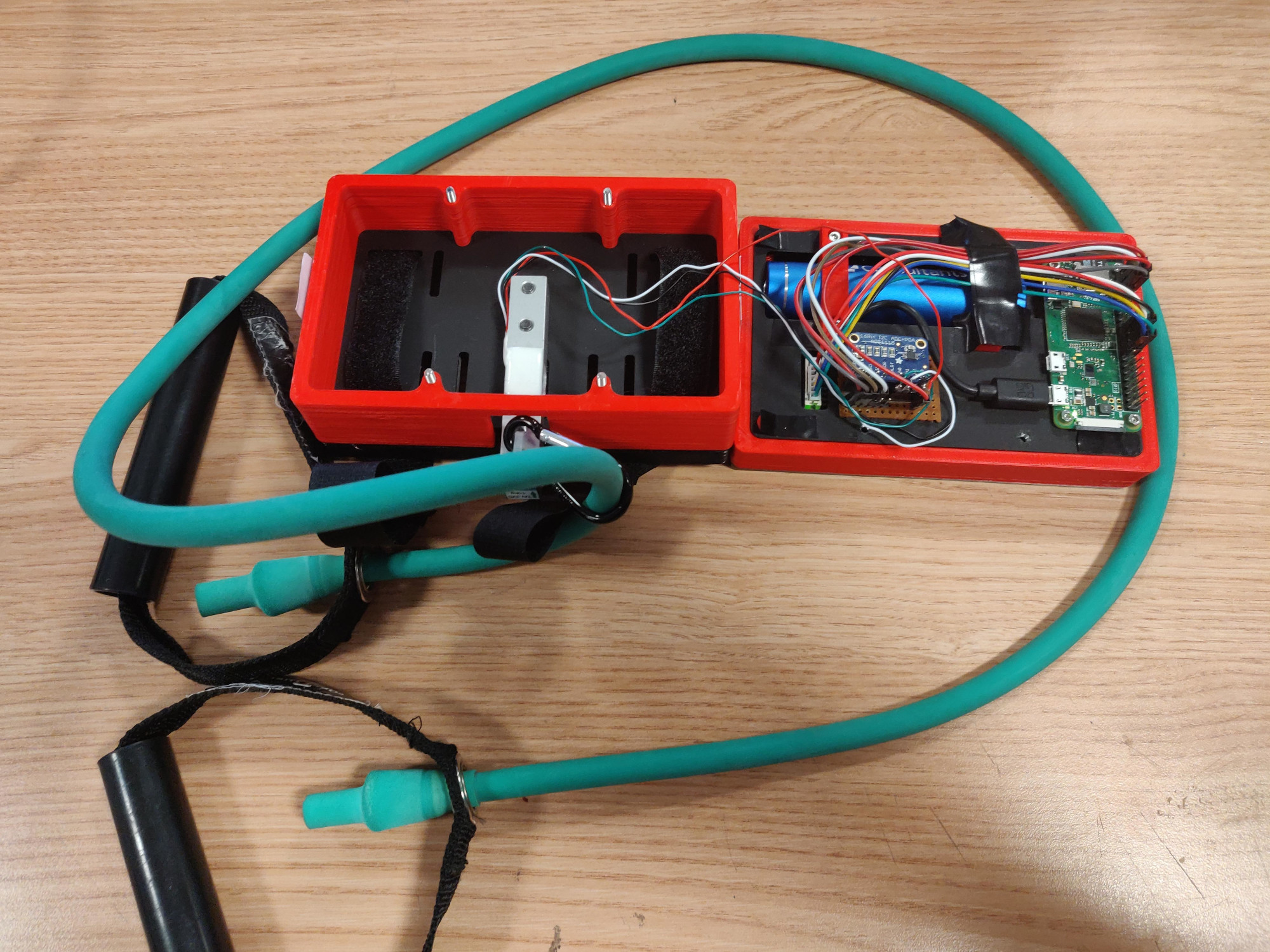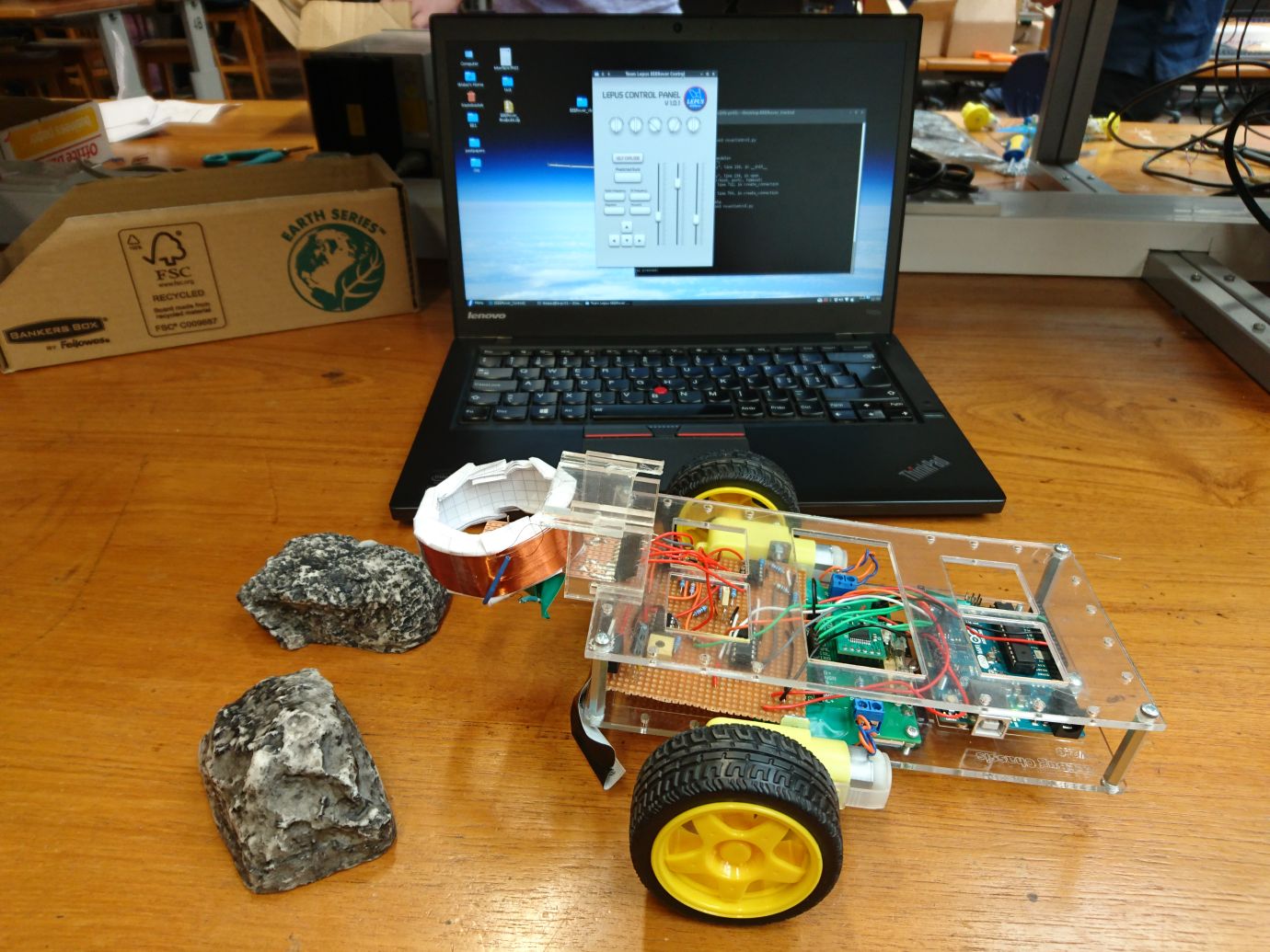Tomasz Białas
I'm an engineer, currently studying Electrical and Electronic Engineering at Imperial College London, and currently on Industrial Placement as an intern in Design and Verification at Arm.
Experience
Intern in Design and Verification
Intern in hardware design and verification, Systems Display team - part of 6-month Industrial Placement
- Designed and modular framework for design quality checks
- Designed and implemented a full-stack solution for design quality monitoring
- Worked with Python, Flask, MongoDB, Angular and Docker
Intern in Design and Verification
Intern in hardware design and verification, Systems Display team - summer intern
- Ported Verilog testbench to Palladium Z1 emulation platform
- Optimized testbench for emulator acceleration
- Designed framework to automate testing
Work shadowing
- A first professional environment experience, shadowing the work of an Electronic Engineer
- Designed a circuit diagram for a Raspberry Pi I2C temperature sensor connection
- Wrote a Python script to log temperature data.
Projects
Smartwatch design personal project
This project involved designing and prototyping an ARM-microcontroller-based Bluetooth Low Energy enabled smartwatch.
The PCB was designed in Eagle CAD, and the SMD components soldered by hand.
Firmware was written in C/C++ and debugging was done with SWD/JTAG
As a first large-scale electronics project, it was an opportunity to self-learn how to research documentation, manuals, datasheet and reference designs to produce a viable system.
As of 2019, a second version with a single bluetooth SoC and biometric sensors is being prototyped, including fixes and a smaller PCB. Stay tuned for more!
Raspberry-Pi controlled quadcopter personal project
This project involved the assembly and programming of a Raspberry Pi-controlled quadcopter drone. I wrote control receiver software in Python and GStreamer real-time video transmitting scripts for low-latency video transmission.
I also wrote Android and iOS touchscreen controller apps for controlling and viewing the video feed.
3rd year Embedded Systems group coursework
SLINK is a device created to creatively use a load cell sensor for an IoT device.
SLINK is your new personal trainer and brings you an immersive home fitness studio with a vast selection of workouts. You’ll have 24-hour access to personalised workouts. SLINK is based on a rubber exercise band, the exercises are shown in the app, but you can also add any exercise you want We are combining the fields of design and fitness engineering development. To add value to the fitness industry by developing low-cost IOT fitness solutions. SLINK can be used by anyone, from fitness beginners to fitness experts. Whatever your goal is SLINK is your personalised fitness solution to put your goals into effect.
SLINK uses AWS IoT AWS app management, AWS Lambda serverless processing, as well as AWS DynamoDB for data storage and AWS Cognito for login management.
2nd year "Climber Timer" group project
There is currently no commercially available automated system to log what problems a climber completes or how quickly they are completed. The project attempts to solve this problem by creating a network of RFID tags that a climber can scan using a rechargeable, active RFID wristband at the start and end of each problem. The wristband sends data to the database server via Wi-Fi, which can then be accessed by the climber via a website.
The final product can easily be retrofitted to an existing climbing wall, with minimal changes to the in- frastructure of the centre. The wristband has a battery life of approximately 20 hours and is rechargeable via a micro-USB port. It is also simple to use and implement, making it an attractive option for climbing centres looking to improve the user experience.
1st year "EEERover" group project
As a team, we built a robot capable of sensing radio, infrared, ultrasonic signals as well as detect the presence of a magnetic field.
I was in charge of designing, assembling, testing and documenting the RF and magnetic field sensors; during this project, I also designed a sensor system template for all sensors to use.
I also wrote the robot's Arduino program which read sensor data and controlled the motors and communicated to the controlling computer via Wi-Fi, as well as a Python code to send control data to the robot.
As a team, we managed to achieve 2nd place in the end-of-year competition.
Science group project
This project involved the statistical study of cosmic radiation using the QuarkNET DAQ card and a plastic-based scintillator detector setup.
We researched the topic of cosmic radiation incidence on Earth's surface.
I wrote C/C++ ROOT-based program to analyse serial data from the QuarkNET DAQ card, and obtain a 20/20 mark
Education
Imperial College London
Lycée International de Ferney Voltaire
Skills
- Test equipment usage (Oscilloscope, Multimeter, RCL Meter, ...)
- Microcontroller-based embedded system design
- Amplifier/filter design
- Schematic capture and PCB design (Eagle CAD)
- Digital design and verification (Verilog, System Verilog)
- Digital design and verification tool usage (Xcelium, Simvision, Quartus, Questa, ...)
- C/C++, Python, Java programming
- GDB debugging
- simple ARM assembly
- Embedded programming for ARM
- STM32 development tools (STM32 HAL, CubeMX, Eclipse ARM tools, AC6 SW4STM32
- Linux system administration (Fedora/CentOS/RHEL, Debian, Ubuntu, Arch)
- Version control usage (Git, SVN)
- Virtualization (VMWare Workstation, VirtualBox, KVM)
- OS installations, BIOS/EFI setup
- Polish
- French
- English
- basic German
Interests
I enjoy electronics, drones, computing, and anything tech-related. I have a particular interest in digital hardware design, embedded systems design and robotics.
During term time (and outside too!) I am a committee member of the Imperial College Robotics Society, where I currently am the Lab Manager of our space in EEE505. Maintaining equipment? Check. Ensuring lab safety? Check. Cleaning the lab? Check?
In my spare time, I enjoy working on personal projects (see Projects section), as well as on reading more about newly released technologies.
I sometimes play video games (Kerbal Space Program anyone?)
I have strong opinions about making porridge.





